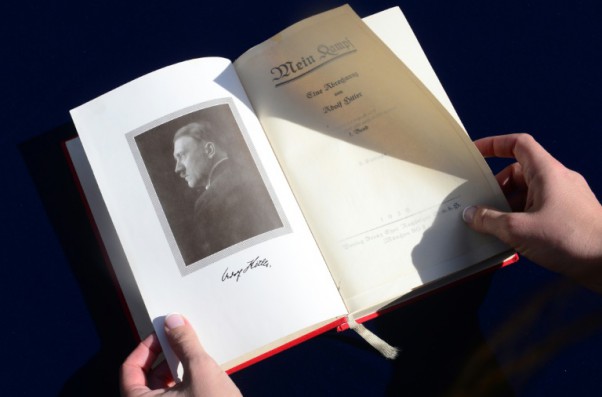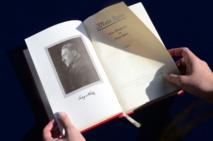"We can see it was hidden on purpose," he told AFP of the bust signed Thorak and dated 1942.
"It's an important sculpture because we didn't know it existed. Thorak was a gifted sculptor and we can see that he did a good job."
Gdansk, or Danzig in German, was a free city between the two world wars, with mostly German residents. The building where the bust was found was at the time home to the municipal museum.
"The bust was perhaps part of the (museum) director's office furnishings, but it's still too early to tell," Lopuski said.
"We still don't know whether it will go on display. It's a delicate issue."
---------------------------------------------------------------------------------------------------------------
"It's an important sculpture because we didn't know it existed. Thorak was a gifted sculptor and we can see that he did a good job."
Gdansk, or Danzig in German, was a free city between the two world wars, with mostly German residents. The building where the bust was found was at the time home to the municipal museum.
"The bust was perhaps part of the (museum) director's office furnishings, but it's still too early to tell," Lopuski said.
"We still don't know whether it will go on display. It's a delicate issue."
---------------------------------------------------------------------------------------------------------------









 Home
Home Politics
Politics











